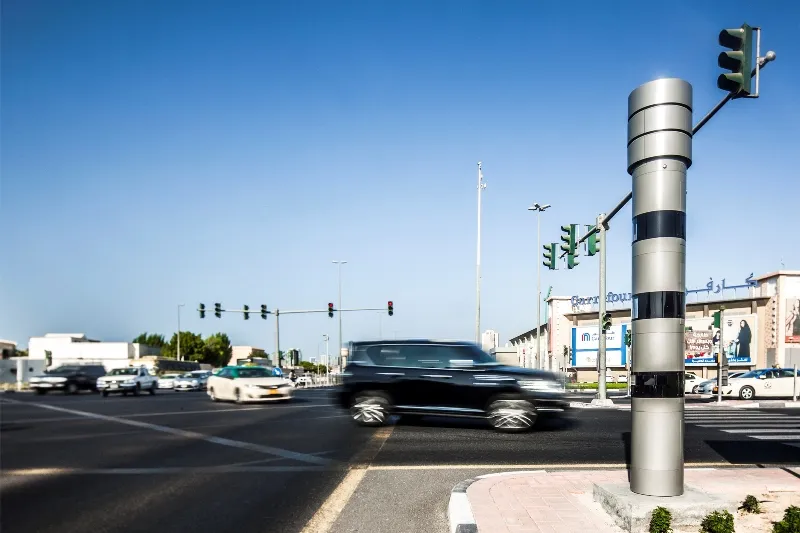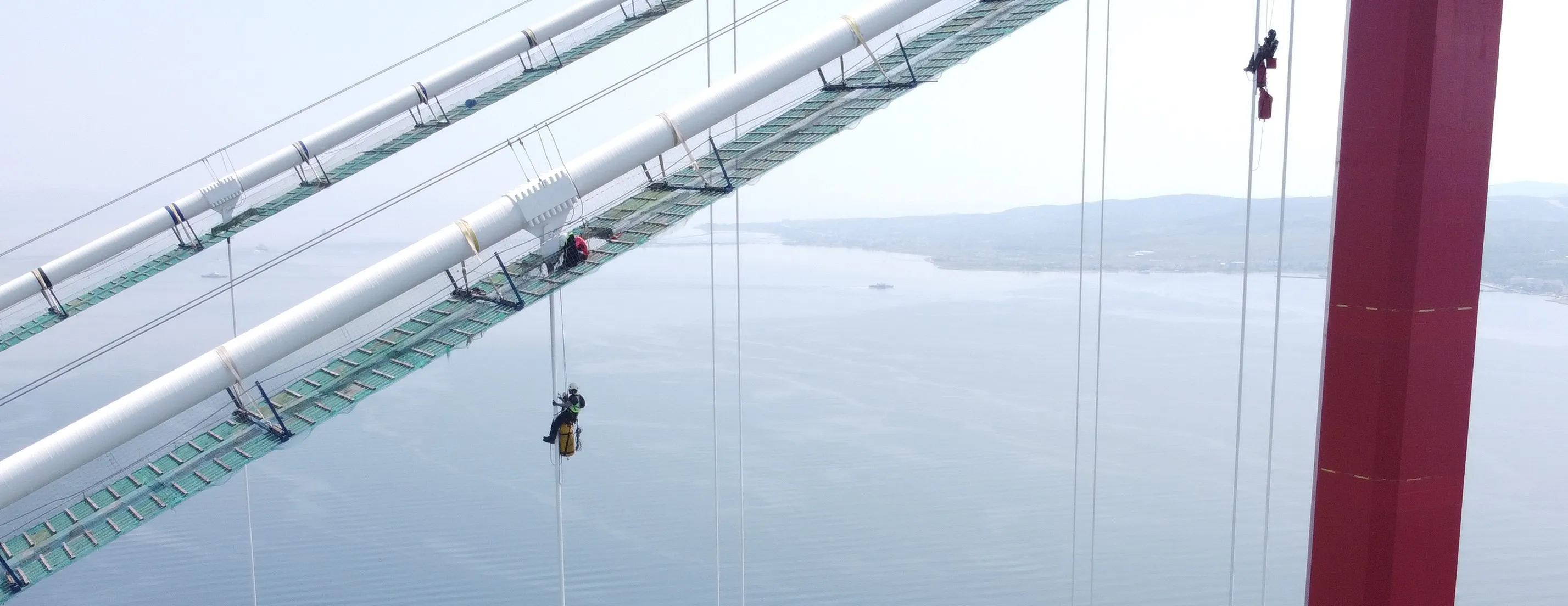
The Middle East-North Africa region (MENA) has made considerable progress on safety and Vitronic will soon have 750 new systems integrated into existing networks of traffic control solutions to monitor safety within road junctions.
With its laser-based technology, the Poliscan Red-Light system offers an efficient method to simultaneously monitor infringements such as jumping red lights and speeding, according to the manufacturer. Extensive and high-maintenance sensor installations within road surfaces are no longer needed.
In addition to detecting simple stop-line infringements, the system registers turning infringements in the so-called “yellow box” danger zones.
Poliscan Red-Light detects a number of different driving scenarios while simultaneously compiling video evidence and is used in both inner-city and rural areas.
As well as traffic monitoring systems, Vitronic supplies Poliscan Connect and Office Pro software solutions for the transfer and analysis of case data.
Office Pro makes it possible to process the cases of several thousands of checkpoints, while simultaneously minimising human resources. Up to 2,000 processed cases are possible per evaluator per day. Within the MENA region, the number of cases handled by the software can reach 250,000 a day, noted Vitronic.
Preceding the case analysis, the automatic transfer of case data to the respective centre takes place. These automatic data transmissions are accomplished using Poliscan Connect. The software allows encrypted data import, enables online monitoring of the Poliscan systems and gives straightforward remote access to all connected systems.
Since its foundation in Germany in 1984, Vitronic, has established subsidiaries in North America, Europe, Asia and Australia.








